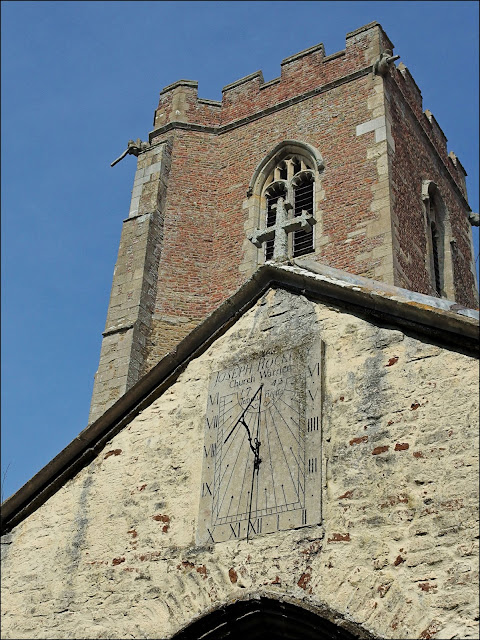School Of Pythagoras
The strange building above is now part of St John's College, Cambridge, but for most of its life it was part of Merton College, Oxford - this needs a little explanation!
It was built around the year 1200 and was probably originally a manor house. In 1266 it was bought by Merton College, Oxford, shortly after the college's foundation. In these early days colleges were not at all popular with the general population. Many saw them as existing merely to train more tax-collectors. Students were often accused of causing disturbances, while the townspeople were said to overcharge students for food and accommodation - not much has changed there then! Merton College therefore feared being run out of Oxford and as an insurance bought property in Cambridge, including this building.
The expulsion from Oxford never happened, but they continued to own the building till 1959, when they sold it to St John's. Over the years it was put to all sorts of uses, including being left as a ruin for many years. It's been much mutilated and altered, but is nevertheless the oldest secular building in Cambridge.
It has never been a school though and has nothing to do with Pythagoras. The name may be a witty student reference to its great age, but nobody really knows why it is so-called.
St Peter's Ruin
As my brother and I were tootling along, on our way to get a pub lunch in Eriswell, I spotted this odd-looking building standing across the field. What on earth could it be? The general shape of the building and the design of the roof suggest a dovecot, but dovecots don't have church windows in one end.
Luckily there was a notice board fixed to the door which explained the history. It was built originally as the church for the settlement of Little Eriswell and once boasted a gilded screen, known locally as "the golden gates of Eriswell". However it fell into disuse at least 400 years ago. Much of it was demolished and the stone re-used to build an odd two-storey porch on Lakenheath church. All that remained was part of the nave which was converted to first a dovecot, then a general farm building.
The building was renovated with help from English Heritage in 2012.
Take care.





















































